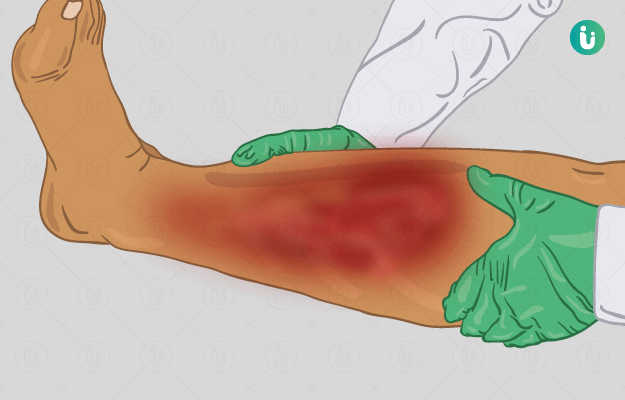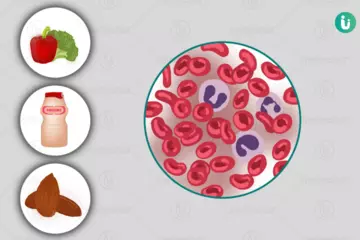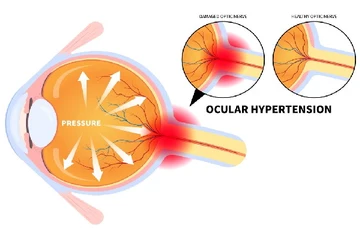What is cellulitis?
Cellulitis is a skin condition which is primarily effects in the lower limbs. It may, in some cases, also affect the face or arms. Caused by a bacterial infection, it makes the skin look red and swollen, and highly sensitive to the touch. Cellulitis is not contagious and can be managed easily. However, leaving it untreated can make it threatening, since the infection spreads into the bloodstream through the lymph nodes.
What are its main signs and symptoms?
Symptoms are usually noticed on just one side of the body and include the following:
- Redness in skin
- Pain and tenderness
- Swelling and dimpling of the skin
- Blisters
- Warmth around the affected area and a possibility of mild fever
What are its main causes?
The bacteria causing this condition is usually Staphylococcus or Streptococcus. They enter the skin through a crack or opening due to skin infections, surgical wounds, ulcers, injuries and animal bites. They are found most commonly in legs.
How is it diagnosed and treated?
Diagnosis upon examination is fairly simple and straightforward. Blood tests like complete blood count and erythrocyte sedimentation rate might be needed to confirm the diagnosis or the agent of infection.
Treatment is usually administered in the form of antibiotics taken orally. Local creams might be given to provide supportive care. While some signs of improvement may be noticed after a few days, the doctor may prescribe the medication for between 10 to 15 days. It is important to complete the course of medication to ensure that no relapses occur, and to be certain that the bacteria is cleared off from the body.
In case the fever is high, the symptoms are spread over a large area of the body, or the patient does not respond adequately to oral medication, the doctor may opt to administer the antibiotics intravenously.

 OTC Medicines for Cellulitis
OTC Medicines for Cellulitis















